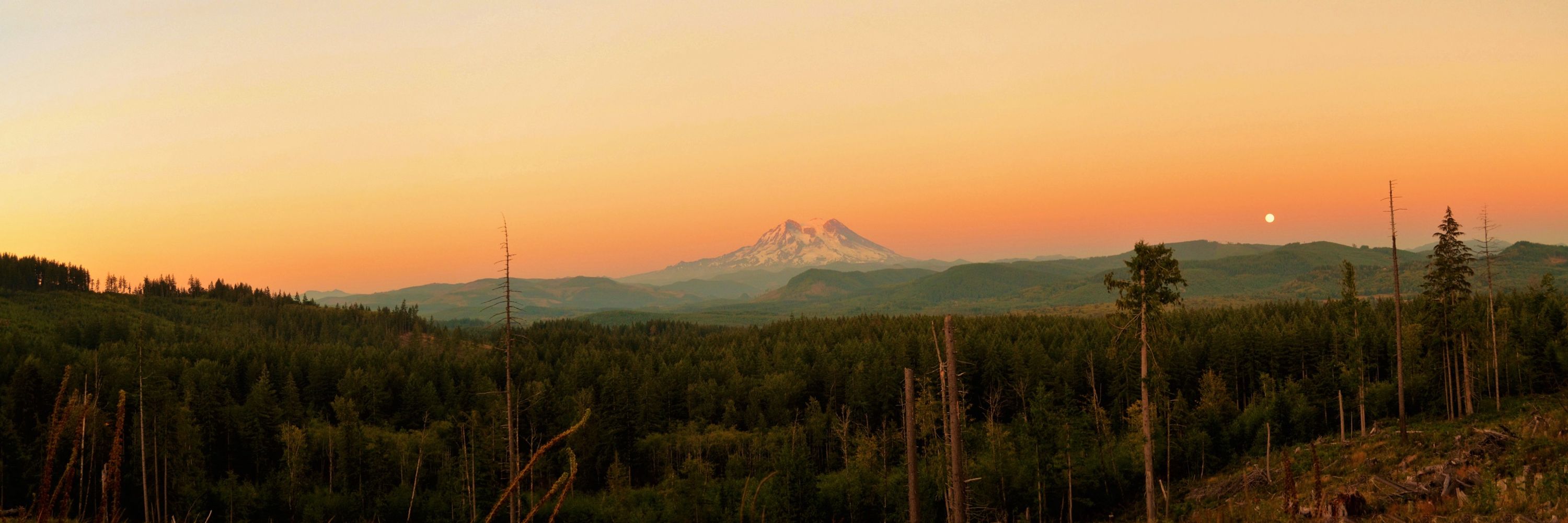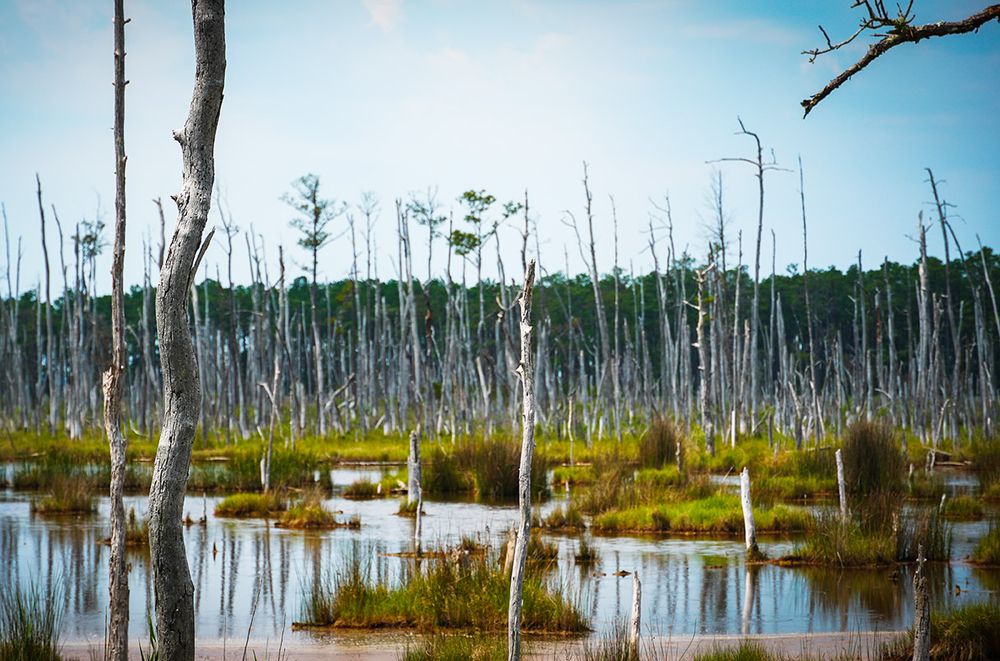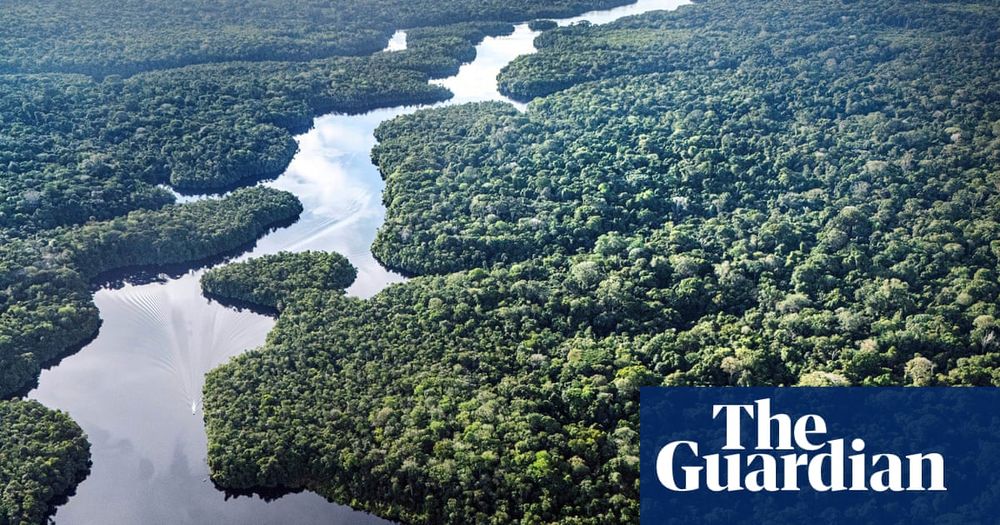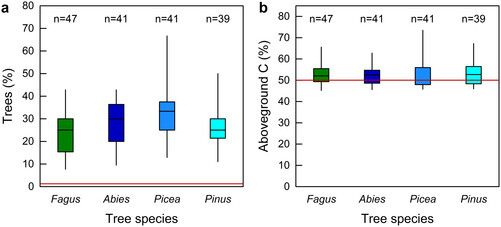Emilio Vilanova
@evilanova.bsky.social
2K followers
1.5K following
110 posts
Venezuelan | 🌳 Forest ecologist /scientist. Senior Program Officer - Forest Carbon (ARR | IFM) @VERRA. Views and opinions are my own en English & Español.
Posts
Media
Videos
Starter Packs
Reposted by Emilio Vilanova
Reposted by Emilio Vilanova
Reposted by Emilio Vilanova
Reposted by Emilio Vilanova
Reposted by Emilio Vilanova
Reposted by Emilio Vilanova
Reposted by Emilio Vilanova
Reposted by Emilio Vilanova
Mongabay
@mongabay.com
· 23d

More deforestation leads to a drier dry season, Amazon study finds
In Brazil’s southern Amazonian region, where the notorious “arc of deforestation” has been expanding since the 1970s, forest loss is reshaping the region’s atmospheric water cycle. As the Amazon…
news.mongabay.com
Reposted by Emilio Vilanova



























